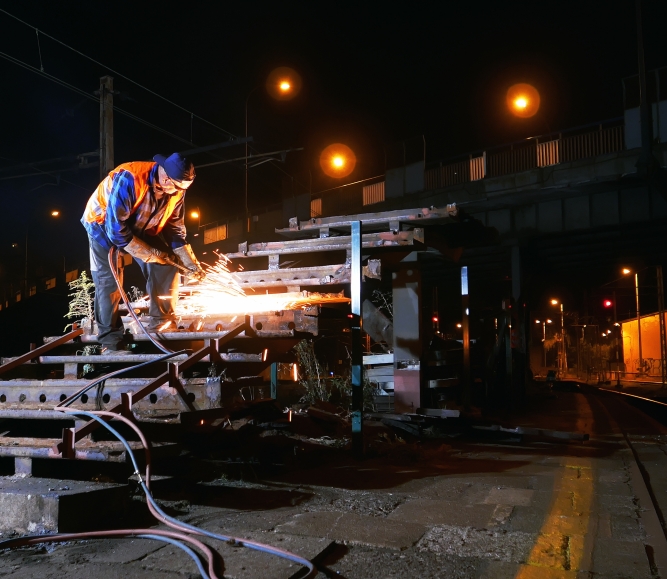New CBO projection shows Highway Trust Fund status continues to worsen without congressional action
Author

Charlotte Mitchell Duyshart
Upcoming Events
Related News

Key Takeaways
In February, the Congressional Budget Office (CBO) released an updated 10-year baseline projection for the federal Highway Trust Fund (HTF) that shows the fund will continue to decline significantly over the next decade without action from lawmakers.
As gas tax revenues continue to decline due to factors like increased vehicle fuel efficiency and electric vehicles, so does funding for the HTF, which is forecasted to become completely insolvent by 2028 and carry a roughly $135 billion deficit by 2031. Over the next three years, the deficit doubles, reaching nearly $280 billion by the end of the baseline period in 2034.
For context, the Bipartisan Infrastructure Law (BIL/P.L. 117-58) had to transfer $118 billion from the U.S. Department of Treasury’s general fund to the HTF for the fund to meet its obligations under the BIL.
Why is the HTF important to counties?
The HTF is the primary funding source for the nation’s highways and mass transit systems. While state departments of transportation are primarily responsible for stewarding the National Highway System, they partner with local public agencies to carry out these important projects. The HTF also funds mass transit, which is critical to the 40 percent of public transit systems directly supported by counties.
Returning long-term solvency to the HTF, which will provide states and local governments with the funding certainty necessary to deliver infrastructure projects, is a longstanding county priority.
County recommendations for the HTF
Counties urge congressional lawmakers to reexamine the HTF and develop a permanent fix for the fund as we prepare for a future surface transportation authorization in Fiscal Year 2026. Counties believe the fund’s long-term solvency can be better supported by considering revenue sources, including increasing and indexing the federal gas tax, that better captures all users of the nation’s highways and accounts for all vehicles.
A user-pay approach that provides counties the flexibility to use additional financing tools, such as tax-exempt bonds and public-private partnerships, to deliver transportation projects must continue to be the cornerstone of federal transportation policy.
Resource
The Bipartisan Infrastructure Law: Examining Investments in County Infrastructure

Related News

U.S. House of Representatives passes SPEED Act and other permitting reform bills
On December 18, the U.S. House of Representatives passed the SPEED Act (H.R. 4776). The SPEED Act would strengthen county involvement in decision-making and make needed commonsense reforms to the federal environmental review process.

Counties and Railroads: Shared Priorities for the Next Surface Transportation Bill
County leaders from across the country have a vital opportunity to ensure their infrastructure priorities are front and center.

House lawmakers introduce bipartisan legislation to support World Cup local transportation needs
On December 2, U.S. Reps. Rick Larsen (D-Wash.-02) and Burgess Owens (R-Utah-04) introduced the Transportation Assistance for Olympic and World Cup Cities Act (H.R.6348), a bipartisan effort to strengthen local transportation systems in communities preparing to host major international sporting events
